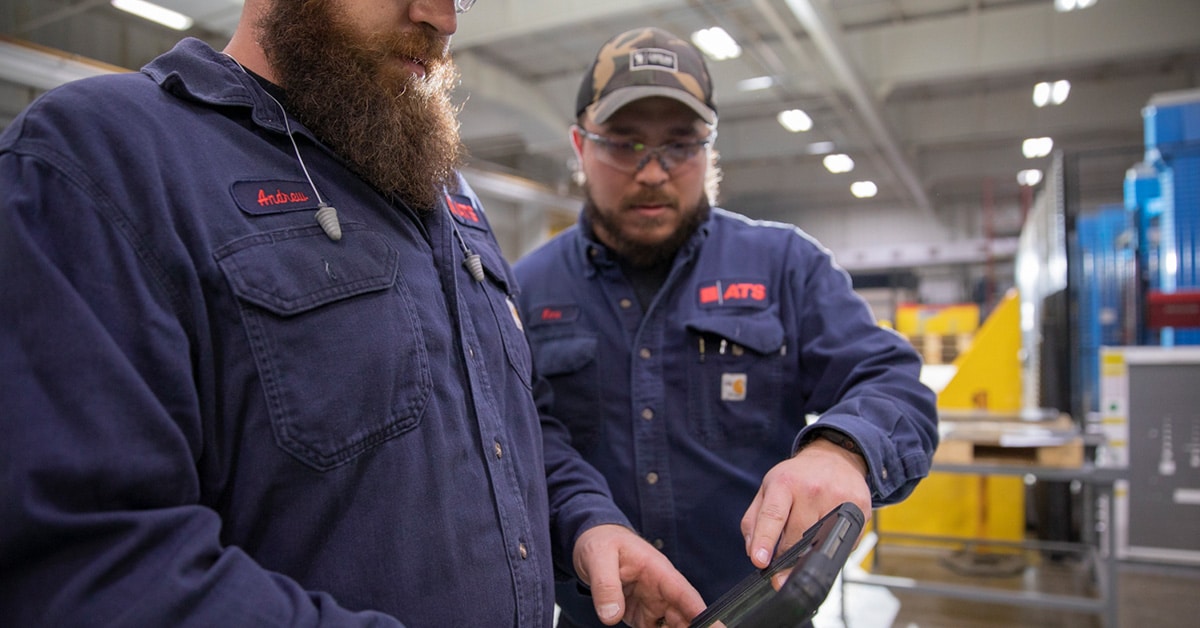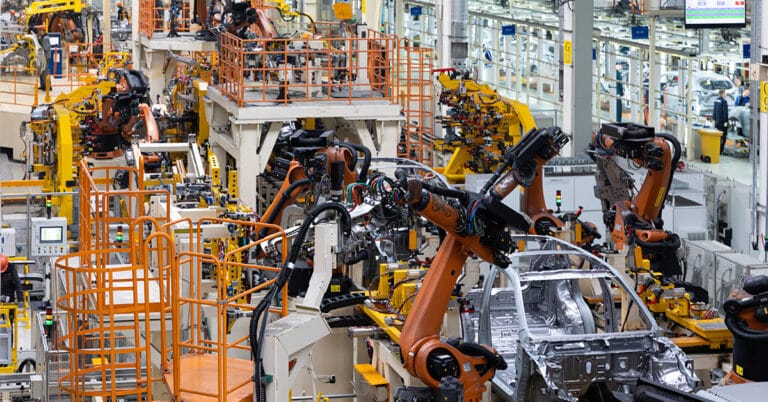One of the toughest challenges for manufacturers is balancing maintenance requirements with production schedules. Equipment must be taken care of without impacting throughput. When multiple sites are involved, the challenges rise to a whole new level. Examples include ensuring consistency in service quality and compliance, managing costs, and coordinating teams across different geographies. Each site may also have unique needs and vendor relationships, as well as local regulations to consider — making centralized oversight more complex and resource-intensive.
Not to worry — below, we’ll not only break down what makes multi-facility maintenance uniquely challenging but also share practical strategies to help manufacturers streamline operations. Following best practices can help maintain high standards across all locations while keeping costs under control. We’ll also explore key technologies that bring visibility, efficiency, and accountability to multi-site management — making it easier to stay proactive, compliant, and cost-effective, regardless of the number of locations.
Common challenges in multi-site maintenance
Multi-site industrial facility management comes with challenges that can significantly impact operational performance, cost control, and compliance. Here are some of the most common maintenance-related issues that manufacturers face:
- Inconsistent maintenance practices: When facilities at multiple sites follow different procedures or standards, it can lead to reduced operational efficiency, higher repair costs, and potential safety or regulatory risks. A lack of uniformity makes it difficult to maintain consistent performance across sites.
- Difficulty in oversight and management: With maintenance teams spread across multiple locations, communication barriers and limited visibility into on-site activities are common. This makes it harder to track performance, ensure accountability, and make informed decisions.
- Budget and cost control issues: Without standardized maintenance practices, expenses can vary widely from site to site. This variability complicates budgeting and often results in inefficiencies and overspending.
- Compliance and regulatory management: Different regions may have unique regulations and industry requirements. Keeping up with these across multiple facilities is complex and increases the risk of non-compliance.
- Reactive versus preventive maintenance: Relying on reactive maintenance often leads to higher costs, more frequent equipment failures, and reduced asset longevity. Preventive and predictive strategies are essential for improving reliability and reducing downtime in multi-site operations.
Key elements of an effective multi-site maintenance strategy
Creating a consistent, cost-effective, and high-performing maintenance strategy across multiple facilities is essential. There are various types of maintenance strategies to consider, but without a standardized approach, operations can quickly become fragmented, inefficient, and costly. Centralized oversight is crucial to streamline processes and ensure accountability across the board. Below are some of the most important elements that facilities managers can implement to build a more cohesive and efficient multi-site maintenance program:
- Centralized oversight and standardization: Implement uniform maintenance procedures and policies across all sites. Establish centralized maintenance standards and KPIs within each building management system. Regularly audit maintenance processes across all locations.
- Preventive and predictive maintenance planning: Adopt proactive strategies to reduce downtime and enhance asset longevity. Deploy computerized maintenance management system (CMMS) software to consolidate maintenance activities and reporting. Integrate Internet of Things (IoT) sensors for predictive and real-time monitoring.
- Clear and consistent communication channels: Establish streamlined reporting and a system for holding regular meetings. Set consistent communication protocols for each facility manager (daily/weekly updates).
- Budget management and forecasting: Create standardized budget guidelines and contingency planning. Standardize budgeting practices and cost controls. Track and analyze maintenance expenses regularly.
- Regular training programs: Ensure maintenance teams across sites are consistently trained and updated on best practices and safety standards. Schedule ongoing industrial maintenance training and certification for technicians.
These key elements serve as the foundation for driving operational excellence across all facility locations at multiple sites.
The role of CMMS and maintenance management software
Managing maintenance across multiple facilities can quickly become overwhelming without the right tools in place. That’s where a CMMS comes in. This type of facilities management software is designed to centralize, automate, and streamline maintenance operations, making it an invaluable asset for multi-facility management.
The benefits of CMMS software includes its ability to help teams plan, track, and report on all maintenance activities from a single platform. For multi-site operations, this centralized oversight is critical. Managers can monitor multiple facilities in real time, ensuring consistency, efficiency, and control across the board.
When selecting CMMS software for multi-site operations, look for functionalities such as multi-location tracking, asset lifecycle management, mobile access, and automated maintenance alerts. These capabilities drive several key benefits:
- Centralized data and reporting for all sites
- Real-time monitoring of maintenance activities and asset conditions
- Automated scheduling and preventive maintenance alerts
- Improved asset tracking and resource allocation
- Simplified compliance and regulatory reporting
- More efficient energy management
With the right CMMS, multi-site maintenance teams can move from reactive to proactive approach — reducing costs, increasing machine uptime, and boosting overall performance.
Outsourcing multi-facility maintenance
For manufacturers with multiple sites, outsourcing maintenance can be a valuable component of an integrated facilities management strategy. This is especially true when internal resources are stretched thin or when specialized expertise is needed across diverse locations. Manufacturers should consider outsourced maintenance services when they need consistent service delivery, scalable support, or help navigating complex regulatory requirements.
Partnering with ATS can greatly improve operational efficiency by ensuring standardized practices, faster response times, and access to skilled technicians without the complexities associated with managing large in-house teams.
Strategic multi-site maintenance management is essential for minimizing downtime, controlling costs, and maintaining compliance. Technology, such as a CMMS, plays a vital role in streamlining operations and enabling visibility across multiple sites. When these elements are combined with the right outsourcing partner, like ATS, manufacturers can gain better control, improved asset performance, and peace of mind, knowing that their facilities are in expert hands. Interested in learning more? Contact us.

